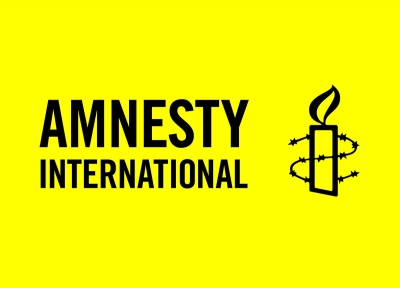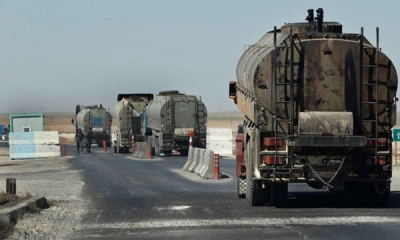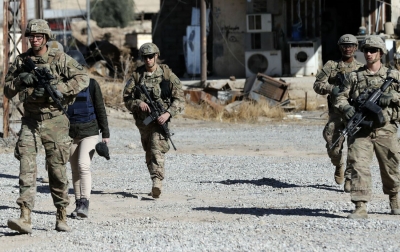more news from kurdiu


U.S. policy since the Gulf War has been marked by the reality that U.S. relations with the two strongest states of the region–Iran and Iraq–are adversarial. The problem facing the United States is that no combination of friendly local states can offset either. As a result, continued U.S. involvement in the region will be necessary for the foreseeable future to square the circle of strong enemies, weak friends, and vital interests. Following the May 12 Iraqi parliamentary elections, Basra, and by extension Iraq, witnessed a bloody wave of protests and demonstrations that resulted in the burning and destruction of many political party headquarters and offices, including the general consulate of the Islamic Republic of Iran. The violence has resulted in a rift between many Iraqi politicians and Islamic clerics who have strong ties to Tehran. Tehran has been swift to blame American foreign policy for the attacks, with protests meant to appease external agendas and damage Iraqi-Iranian relations.
In Basra, the US general consulate was shelled by rockets fired from unknown locations after weeks of the Iranian general consulate being ablaze. This resulted in the closure of the US consulate for safety and security reasons. Secretary of State Michael Pompeo said America pulled all of their diplomats and the general consul from Basra city to prevent any clashes or kidnapping incidents that would put Washington in a difficult position. It is important to mention that Iran’s primary goal was to control Basra and Iraq’s south before protestors burned their general consulate in Basra. Tehran’s only tactic has been to remove the US presence in southern Iraq to strengthen Iran’s grip in the area.
When Iran threatens war with the U.S., it's not necessarily talking about war in the conventional sense. But where Tehran can cause damage is an escalation of activities that's likely to send further ripples across regional conflicts and oil markets.
It is becoming increasingly apparent now that Iraq is divided into many parts when it comes to the US vs. Iran supremacy in the country. Hence, Tehran fully controls the southern parts while the US has more influence over Iraq’s northern regions. However, the central part of Iraq, Baghdad, is the battlefield between the US and Iran. This tug-of-war was evident during the formation of the current Iraqi government which resulted in a clash over who would have more influence on Iraq’s next administration.
The eastern part of Iraq, where Sunnis make a majority, have strong ties and links with Turkey and Qatar, which further complicates Iraqi politics as those countries have strong relations with both the US and Iran. It can be concluded, however, that Iran has more influence over Iraq than the US does, but this has not deterred Washington from its main aim in Iraq – to shift the country from Tehran’s hands and put Iraq under US influence. The recent re-imposing of US sanctions over Iran’s nuclear deal is a clear message to Iraq to stop depending on Iran and to build new ties with US allies in the region.
As a result, U.S. policy toward Iran must include concerted efforts to deny Iran an unconventional weapons capability; a willingness to use force if there is clear evidence of Iranian support for terrorism; and a clear message to Iran that future incursions into Iraq are unacceptable. We cannot achieve these goals alone, however. For this reason, the United States should consider approaching its friends in Europe and the Asia-Pacific region and propose a structured dialogue with Iran. If our terms were met, then there could be a degree of economic interaction; if not, everyone would agree to hold back.





